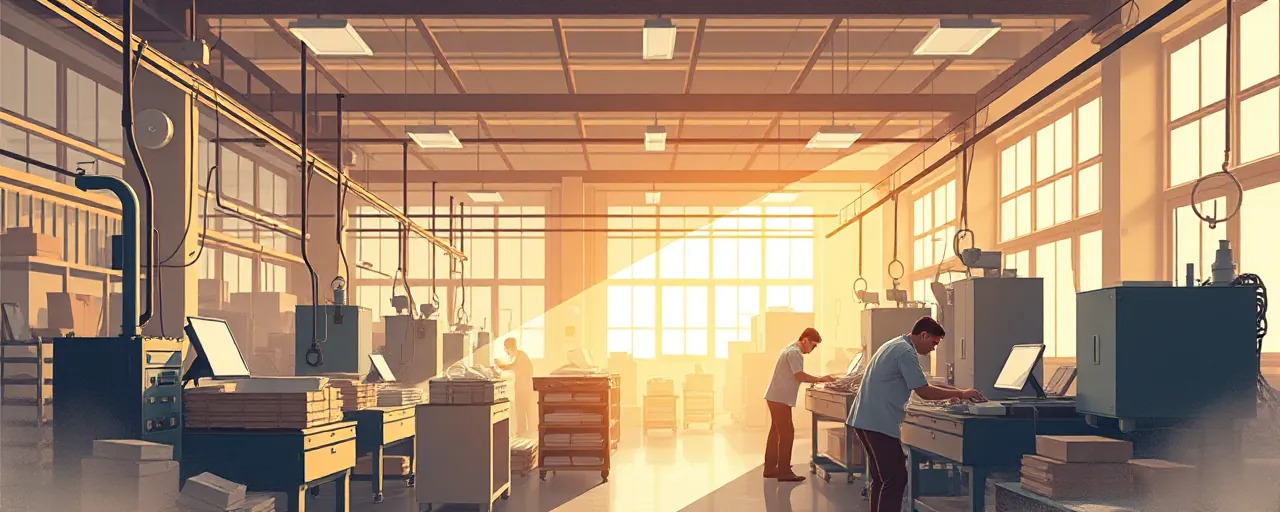A Fast Start to 2025
Three months into his second term, President Donald Trump has moved swiftly to reshape U.S. policy, focusing on manufacturing, immigration enforcement, and deregulation. His administration highlights a string of early achievements, from corporate investments in American factories to record-low border crossings. These efforts aim to deliver on campaign promises to prioritize domestic industry and national security, but they also stir debate over their broader economic and social impacts.
The White House points to companies like NVIDIA, Honda, and Abbott Laboratories, which have announced significant U.S. investments, as evidence of a manufacturing revival. At the same time, aggressive immigration policies have drastically reduced illegal border crossings, while executive orders aim to streamline government and eliminate programs like diversity, equity, and inclusion (DEI) initiatives. For many Americans, these changes signal a bold shift, but questions linger about their long-term effects on workers, communities, and global relations.
This flurry of activity reflects a broader vision to reorient the U.S. economy and governance. Yet, as policies take root, their consequences, both intended and unforeseen, are coming into sharper focus. From factory floors to border checkpoints, the nation is navigating a complex landscape of opportunity and challenge.
Reviving American Manufacturing
A cornerstone of Trump’s agenda is bringing manufacturing back to U.S. soil. Companies are responding to high tariffs on imports and federal incentives with major investments. NVIDIA plans to produce $500 billion in AI infrastructure domestically over four years, while Honda is shifting Civic production from Japan to the U.S., aiming for a 30% increase in American output. Smaller firms, like Ellwood Group, report sales surges tied to steel tariffs, signaling gains for protected industries.
These moves align with a broader reshoring trend, fueled by the CHIPS and Science Act and the Inflation Reduction Act, which offer subsidies for semiconductors and clean tech. Manufacturing revenues are projected to rise 4.2% in 2025, with capital expenditures up 5.2%. However, challenges persist, including skilled labor shortages and higher input costs, which could limit job growth to just 0.8%. Tariffs, while shielding some sectors, are expected to raise consumer prices by 2.3%, costing households an estimated $3,800 annually.
The trade-offs are evident in the automotive sector, where tariffs on foreign vehicles could add 11.4% to car prices, straining consumers and downstream industries. Retaliatory tariffs from China, the EU, and Canada threaten U.S. agricultural exports, with losses projected at $12-18 billion yearly. While some workers benefit from factory expansions, others face uncertainty as global supply chains adjust.
Tightening the Border
Immigration enforcement has seen dramatic changes, with U.S. Customs and Border Protection reporting a 95% drop in southwest border crossings in March 2025 compared to the previous year. Policies like the reinstatement of Remain in Mexico, expanded detention facilities, and military deployment at the border have driven this decline. The administration also touts deportations of individuals with criminal records, citing recent ICE arrests in cities like Brooklyn and Los Angeles.
New measures, such as daily fines for migrants who fail to leave after removal orders and IRS data-sharing with ICE, aim to strengthen enforcement. Yet, these steps have sparked legal challenges and concerns about privacy and wrongful targeting. Critics argue that the focus on deportation risks pushing undocumented workers into the shadows, potentially harming industries reliant on their labor, like agriculture and construction.
The humanitarian and economic implications are under scrutiny. While supporters praise the administration for securing borders, others warn of strained community relations and the high costs of detention and enforcement. The debate reflects a broader tension between national security priorities and the realities of a diverse, interconnected economy.
Deregulation and the DEI Debate
Trump’s deregulatory push is among the most ambitious in recent history, with a mandate to repeal ten regulations for every new one. Agencies are targeting rules on DEI, climate, and health, while the Department of Government Efficiency, led by Elon Musk, seeks to cut bureaucratic costs. Executive orders have eliminated federal DEI programs, prompting institutions like James Madison University and Ball State University to end their initiatives. The administration argues these programs foster division and violate merit-based principles.
The rollback of DEI reflects a decades-long debate rooted in the Civil Rights Movement and subsequent backlash against affirmative action. Advocates for DEI stress its role in addressing systemic inequities, citing data showing diverse workplaces drive innovation. Opponents, however, view it as discriminatory, pointing to surveys where 21% of workers in 2024 expressed negative views on DEI, up from 16% the prior year. The Supreme Court’s 2023 ruling against race-conscious admissions has further emboldened critics.
Beyond DEI, deregulation aims to boost efficiency but raises concerns about public health and safety. Legal experts predict litigation over the rapid repeal of rules, particularly those bypassing public comment. The balance between streamlining government and protecting citizens remains a flashpoint, with stakeholders on all sides watching closely.
Looking Ahead
Trump’s 2025 agenda has set a brisk pace, delivering tangible shifts in manufacturing, immigration, and governance. Factory investments and border security measures resonate with many Americans seeking economic and national stability. Yet, rising consumer costs, legal challenges, and social tensions highlight the complexities of these policies. The administration’s focus on deregulation and dismantling DEI programs underscores a vision of leaner government but risks alienating those who see these initiatives as vital for equity and oversight.
As the year unfolds, the nation will grapple with the ripple effects of these changes. Workers, businesses, and communities will feel the weight of higher prices, tighter borders, and a restructured federal framework. The path forward demands careful navigation, balancing ambition with the diverse needs of a changing America.
